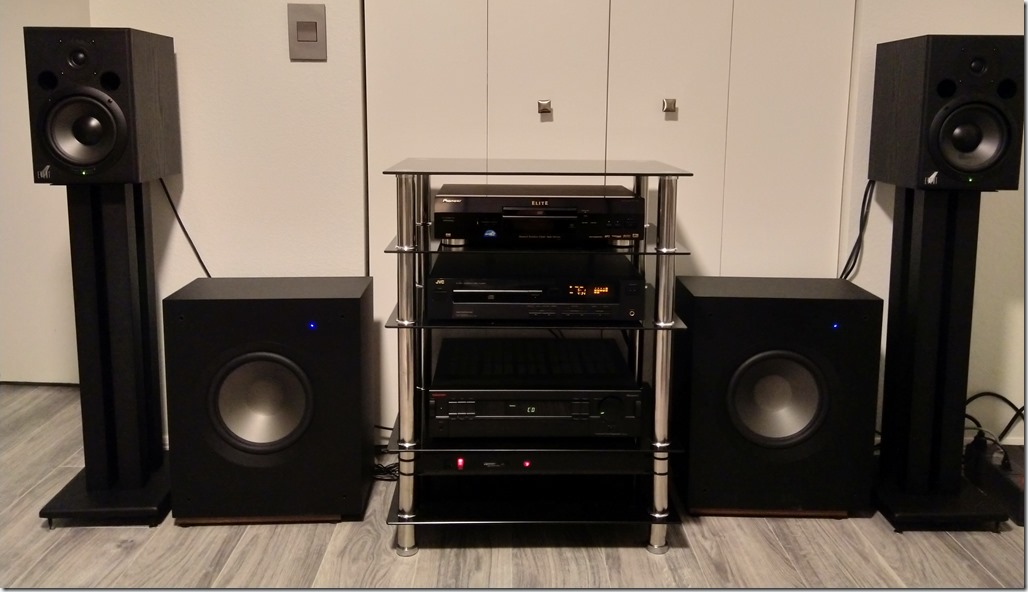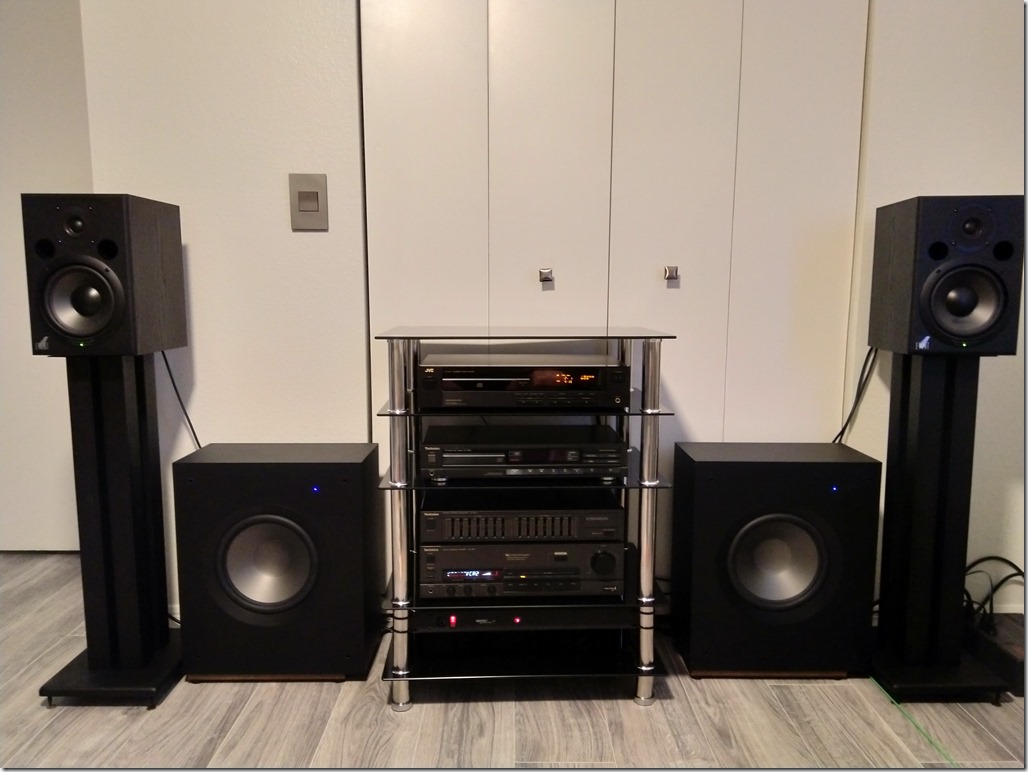In an earlier post, I talked at length about this keyboard that came from a thrift shop and had a problem and how I tried to fix it over and over and eventually gave up and left it sitting in the garage, queued for the dump. Well, sometimes, I just can’t give up.
It’s been so cold the last few days that I didn’t want to touch the keyboard, seeing as it’s all metal (official weight: 51.4 lbs. – stupid heavy). Today was warmer and I left the garage open so it could warm up a little. After work, I went out and hauled the beast back in for yet another attempt at repair.
Did I have a plan? Not really. I was going to take the keyboard assembly out and just deal with the main board through MIDI. Doing that, I could at least move something in and out of the closet that was probably 30 lbs. less every time I wanted to make another repair attempt. And with that, I set the massive key bed out and hooked up the synth to another of my keyboards.
MIDI worked, And enabling a sound on the master keyboard verified there was still the pitch problem. I dug out the service manual and went through the reset and test modules. Everything seemed ok from what I could tell. A couple of the faders didn’t seem to register any movement and I had the pitch and mod wheels disconnected, so some blanks were expected.
Noodling around on the master keyboard, I happened to think to try the pitch wheel and when I moved it, I was very surprised to hear it didn’t work as it should. The pitch would shift a little bit and snap back to the original incorrect pitch. That would suggest that the contacts might be dirty, but this is a remote keyboard. These are MIDI messages being sent and the synth is not honoring them. Or something else locally is spamming the pitch controller signal.
I finally had a lead I could work with. I started thinking schematically about what components could cause the pitch wheel to be triggered consistently even when disconnected. I had the idea I should reconnect the pitch wheel and see if I could stabilize the pitch by holding it a certain amount. To reconnect it, I had to remove a circuit board that had all the fader controls on it, like volume and four programmable sliders.
When I got the board off, I immediately noticed the connector for the pitch wheel had some trauma. It was bent at an odd angle. That seemed suspicious. I inspected it closely and didn’t see anything broken. But the faders were disgusting. And as long as I had this board apart, I thought I’d try out my new chemicals, Deoxit and Deoxit Fader, the latter of which is specifically made for cleaning and lubing faders.
As I cleaned the faders, it was pretty clear they were just shot. The cleaner was running down the board in a black oil. But I cleaned them up as best I could. With the pitch wheel reconnected, I powered the synth back up and tried out a few keys. It was suddenly in tune. No drift. The pitch bend worked locally and remotely. And that’s the end of this saga.
Reflecting on the "fix", when I very first got the keyboard, it had a pitch problem. I was the one that disconnected the pitch wheel, so that was not the source of the problem. One of the faders had to be the culprit – it must’ve had a short somewhere. But I’m not going to be overly concerned about it from here out. If the problem comes back, I will just buy a new fader board or maybe the faders themselves, since that is where the problem is centered.
The important thing is I have the keyboard I originally purchased in non-working order, now in working order. And on a similar topic, I purchased another keyboard on a whim this week. So I now have five keyboards and a stand that can hold two, so three have to be in storage. I’m not sure where this is going at the moment, but we’ll see. One thing for sure, I’m not getting rid of any more keyboards.

